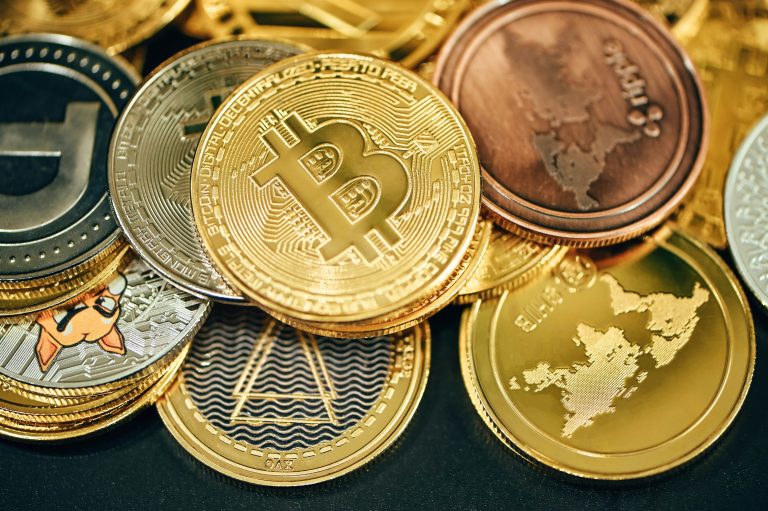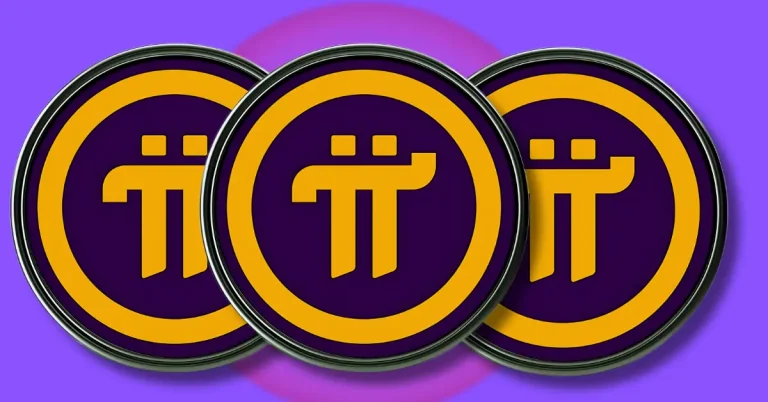Pi Network Fast Migration Tips (Step-by-Step Guide)
The Pi Network has rapidly grown into one of the most anticipated blockchain projects, boasting tens of millions of engaged users mining Pi from their phones. Now that the Mainnet migration phase is underway, millions of Pioneers are eager to move their Pi coins from the app into the Mainnet wallet — a critical step before they can be freely transferred, traded, or used.
However, delays, confusion, and incomplete setups have left many stranded in the app phase. If you’re looking to fast-track your Pi Network migration, this step-by-step guide will help you complete KYC, secure your wallet, and migrate your balance efficiently.
Let’s break it down.
🚨 Why Pi Migration Matters
Before we get into the steps, here’s why this is important:
-
Only migrated Pi is considered real Pi on the Mainnet.
-
Unmigrated balances are locked in the app and can’t be traded.
-
Incomplete KYC or wallet setup = delayed migration.
So, the sooner you migrate, the sooner your Pi becomes usable in real-world decentralized applications, DApps, and potentially, exchanges.
✅ Pre-Migration Checklist
To ensure a smooth and fast migration, make sure you’ve already completed these:
| Requirement | Status Check |
|---|---|
| ✅ Pi App Updated | Latest version installed |
| ✅ KYC Invitation Received | Check notification tab |
| ✅ KYC Passed | Verified ID and facial scan |
| ✅ Wallet Created | Pi Browser app |
| ✅ Wallet Connected to App | Linked and confirmed |
10 Step-by-Step: Fast Pi Network Migration Guide
Step 1: Update the Pi Network & Pi Browser Apps
-
Go to your App Store (iOS) or Play Store (Android).
-
Search for “Pi Network” and “Pi Browser”.
-
Update both apps to the latest version.
Why?
Outdated apps can cause sync issues, missing features, and delayed KYC prompts.
Step 2: Check for KYC Eligibility
-
Open the Pi Network app.
-
Tap the ≡ Menu (top left) → Choose Mainnet.
-
Look for a “KYC” button or status indicator.
If eligible, you’ll see an invitation to begin KYC.
If not, it might say “Not yet invited.” In that case:
✅ Keep mining daily
✅ Refer active users
✅ Wait for batch-based invitation
Tip: Pi invites users for KYC based on node contribution, consistency, and app activity.
Step 3: Complete KYC Quickly
If you’re invited:
-
Click “Start KYC” and follow the instructions.
-
Use clear, government-issued ID.
-
Allow access to your phone camera.
-
Complete facial recognition in a well-lit environment.
-
Submit and wait for confirmation.
⏳ KYC approval usually takes a few hours to a few days.
Important: Use the same name on your ID and Pi account. If there’s a mismatch, update your profile before KYC.
Step 4: Install & Open Pi Browser App
-
Download Pi Browser if you haven’t yet.
-
Open the browser and log in using your Pi credentials.
-
Navigate to the Wallet.pi feature.
This browser is Pi Network’s official Web3 interface. It’s where you’ll:
-
Create your Mainnet wallet
-
Check balances
-
Interact with future DApps
Step 5: Create Your Pi Wallet
Once in the Wallet.pi interface:
-
Click “Create Wallet”
-
Save your 12-word passphrase securely
-
Confirm passphrase when prompted
⚠️ Never share your passphrase. This is your only access key to the Mainnet wallet.
After creation, you’ll get a wallet address (starting with “Pi”) like:Pi2aXsd123...xyz
Step 6: Link Your Wallet to Your Pi Account
Return to the Pi Network app:
-
Go to the Mainnet Checklist
-
Find the step: “Link Your Wallet”
-
Paste your Pi wallet address
-
Click “Confirm”
Your Pi coins are now ready to be moved into that wallet after migration.
Step 7: Commit to Lockup Configuration
This is the final step before migration.
You’ll be asked to:
-
Choose what % of Pi to lock (up to 100%)
-
Choose for how long (up to 3 years)
Why lock? You earn more Pi rewards and support the network’s health.
You can lock 0% and still migrate — but Pi Core Team recommends some lockup for Mainnet growth.
Confirm your choice. Once locked, this can’t be undone.
Step 8: Wait for Migration Queue Completion
After all steps are done, your account will enter the migration queue.
Migration Queue Factors:
-
Completed all checklist items ✔️
-
KYC approval done
-
Wallet linked
-
Lockup terms selected
How long does it take?
Migration is done in batches, so it may take days or weeks, depending on network congestion.
You’ll be notified once migration is complete. You can also check status in:
→ Pi App → Mainnet → “Migration in Progress” or “Completed”
📱 How to Verify That You’ve Migrated
Once you’re migrated:
-
Open Pi Browser
-
Tap wallet.pi
-
You’ll see your Mainnet balance (migrated portion) in the wallet
-
Remaining balance may show as “to be migrated”
Also, in the Pi App:
→ Mainnet → Check for “Migration Completed” message.
🚀 Fast Migration Tips and Tricks
✅ Be Active Daily
-
Daily mining increases your reputation.
-
Shows you’re an active participant in the network.
✅ Refer New Users
-
Active referrals can push you higher in KYC batches.
-
Core Team prioritizes contributors.
✅ Join the Ambassador Program
-
Refer people with your Pi invitation code.
-
You’ll gain speed boosts and increased visibility.
✅ Fix Name Mismatches Early
-
Use the “Pi Profile” feature to correct spelling errors before KYC.
✅ Avoid Common Mistakes:
| Mistake | Result |
|---|---|
| Misspelled Name | KYC rejection |
| Ignoring KYC invite | Lost opportunity |
| No wallet created | No migration |
| Forgot passphrase | Lost wallet access |
| Using VPN during KYC | Automatic failure |
🔐 Security Best Practices
-
Write your 12-word phrase on paper. Don’t screenshot.
-
Enable 2FA on your email connected to Pi.
-
Don’t trust “support” from Telegram or WhatsApp — Pi Core Team doesn’t contact users individually.
-
Never pay anyone for KYC or migration help.
🌍 What Happens After Migration?
You’ll be able to:
✅ Spend Pi in Mainnet apps
✅ Trade Pi (when/if exchanges are approved)
✅ Participate in governance
✅ Run nodes and earn more Pi
But remember: transfers outside the Pi ecosystem are still limited. The network is in an enclosed Mainnet phase for now — no external trading until full decentralization is approved by the community.
🌟 Final Thoughts: Be Patient, Stay Informed
The Pi Network migration process may seem long and technical, but every step is designed to ensure security, fair distribution, and real utility. By following this guide, you can fast-track your migration and prepare to become a full participant in Pi’s decentralized economy.
“Crypto belongs to those who show up early, stay consistent, and build with patience.” – Anonymous Pi Pioneer
You’re not just transferring coins — you’re crossing into a new internet of value. Stay active, stay informed, and keep mining.





